Sofia is the capital and largest city of Bulgaria. It is situated in the Sofia Valley at the foot of the Vitosha mountain in the western parts of the country. The city is built west of the Iskar river, and has many mineral springs, such as the Sofia Central Mineral Baths. It has a humid continental climate. Being in the centre of the Balkans, it is midway between the Black Sea and the Adriatic Sea, and closest to the Aegean Sea.
The city’s landmarks reflect more than 2,000 years of history, including Greek, Roman, Ottoman and Soviet occupation. Medieval Boyana Church has 13th-century frescoes. Built by the Romans in the 4th century, St. George Rotunda Church has medieval and Ottoman decoration dating to the 10th century.
Known as Serdica in Antiquity and Sredets in the Middle Ages, Sofia has been an area of human habitation since at least 7000 BC. The recorded history of the city begins with the attestation of the conquest of Serdica by the Roman Republic in 29 BC from the Celtic tribe Serdi. During the decline of the Roman Empire, the city was raided by Huns, Visigoths, Avars and Slavs. In 809, Serdica was incorporated into the Bulgarian Empire by Khan Krum and became known as Sredets. In 1018, the Byzantines ended Bulgarian rule until 1194, when it was reincorporated by the reborn Bulgarian Empire. Sredets became a major administrative, economic, cultural and literary hub until its conquest by the Ottomans in 1382. From 1530 to 1836, Sofia was the regional capital of Rumelia Eyalet, the Ottoman Empire’s key province in Europe. Bulgarian rule was restored in 1878. Sofia was selected as the capital of the Third Bulgarian State in the next year, ushering a period of intense demographic and economic growth.
1.Neo-Byzantine designed St. Alexander Nevsky Cathedral
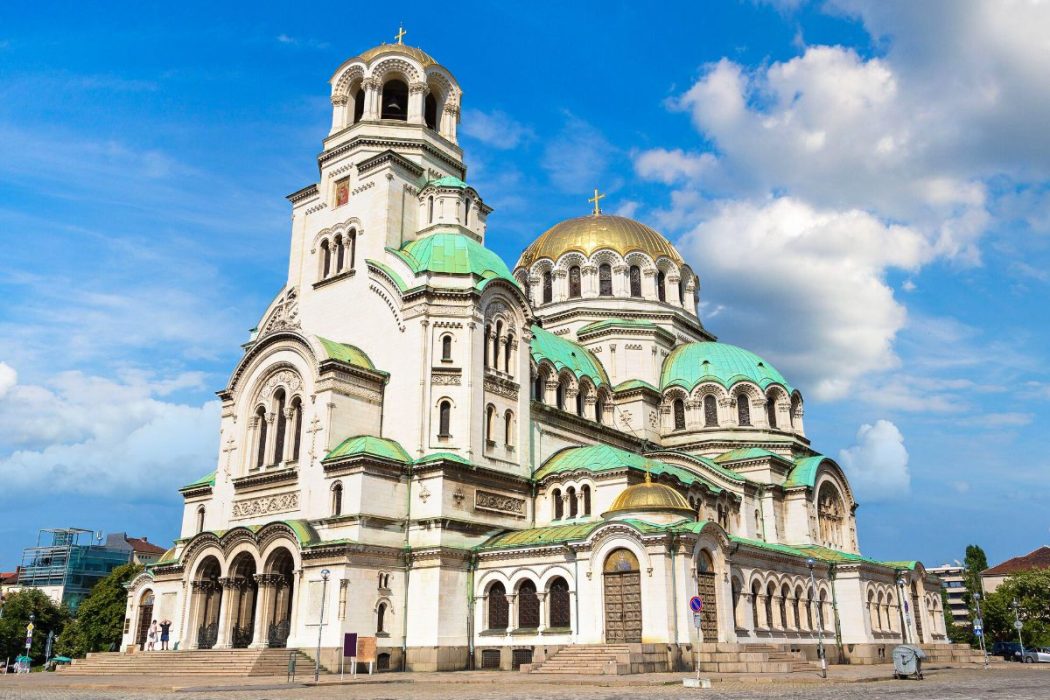
St. Alexander Nevsky Cathedral (Bulgarian: Храм-паметник “Свети Александър Невски”, Hram-pametnik “Sveti Aleksandar Nevski”) is a Bulgarian Orthodox cathedral in Sofia, the capital of Bulgaria. Built in Neo-Byzantine style, it serves as the cathedral church of the Patriarch of Bulgaria and it is one of the 50 largest Christian church buildings by volume in the world. It is one of Sofia’s symbols and primary tourist attractions.St. Alexander Nevsky Cathedral in Sofia occupies an area of 3,170 square metres (34,100 sq ft) and can hold 5,000 people inside. It is among the 10 largest Eastern Orthodox church buildings. It is the largest cathedral in the Balkans. It is believed that up until the year 2000 it was the largest finished Orthodox cathedral.
Considered to be one of the most emblematic sites in Sofia, and one of the most important Orthodox churches in Bulgaria, the St. Alexander Nevsky Cathedral is a sight to step in and see for yourself.
The cathedral was built as a symbol for those who perished during the Russian-Turkish War of 1878-1879, which helped to liberate Bulgaria from the Ottoman Empire.
Be amazed by the beautiful gold-covered domes, and take in the other lavish materials used to give the church its fine details, from Italian marble, Brazilian onyx, and Indian alabaster.
2.Spend the day at the markets of Sofia
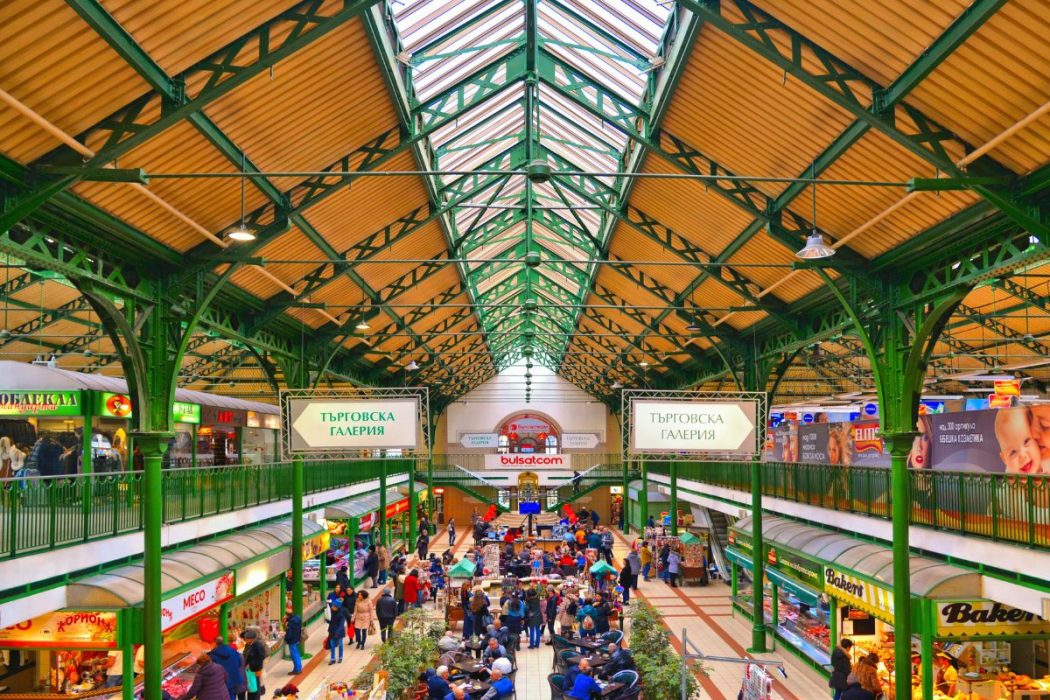
Check out the incredible markets that dot the downtown area, and make it a true joy to experience local everyday life in Sofia.
Visit Zhenski Pazar Market, also known as the Women’s Market, known to be the oldest market in Sofia, dating back to the early 20th century.
Find stalls of fresh and local produce brought by local farmers, and smell and taste the authenticity of local dishes sold at the market. It’s a great foodie spot.
Near the famed, Alexander Nevsky Cathedral is the Alexander Nevsky Antiques Market, which is an open-air flea market where visitors can expect everything from soviet union memorabilia, to home goods, and other random yet intriguing second-hand goods.
Other markets to visit include the Sofia Central Market Hall and the Bitaka Flea Market.
3.Sofia’s largest museum
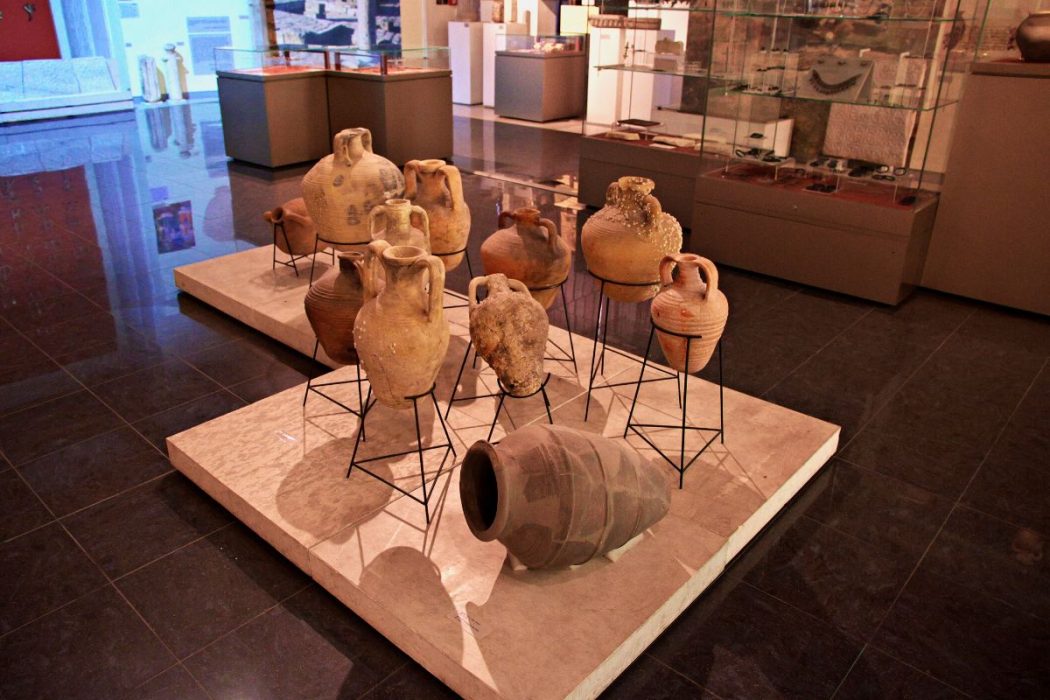
The National Historical Museum (Национален исторически музей, Natsionalen istoricheski muzey) in Sofia is Bulgaria’s largest museum. It was founded on 5 May 1973. A new representative exhibition was opened in the building of the Court of Justice on 2 March 1984, to commemorate the 13th centenary of the Bulgarian state. The museum was moved in 2000 to one of the major buildings in the complex serving as official residence of the President, Vice President and Government of the Republic of Bulgaria.[1], and currently contains over 650,000 objects connected to archaeology, fine arts, history and ethnography, although only 10% of them are permanently exhibited.
The museum includes a cloakroom, cafe, library and souvenir shop. It undertakes professional conservation and restoration of historical monuments, authenticity investigations and expert valuation. Its collections comprise materials dating from prehistoric ages till the present.
With over 650,000 exhibits, the National History Museum welcomes visitors to learn more about the fascinating and deep history of Bulgaria, and the capital city Sofia.
From the Bronze Age, and the Middle Ages, all the way to showcasing war relics like uniforms, to everyday textiles, maps, pieces of furniture, and more – the museum will definitely keep all of its visitors for a while as they navigate the different eras of Bulgaria.
Those interested in archaeology will need to visit the archaeological and historical rooms to examine the incredible amount of items found during excavations throughout the country.
4.Visit the Sofia Zoo
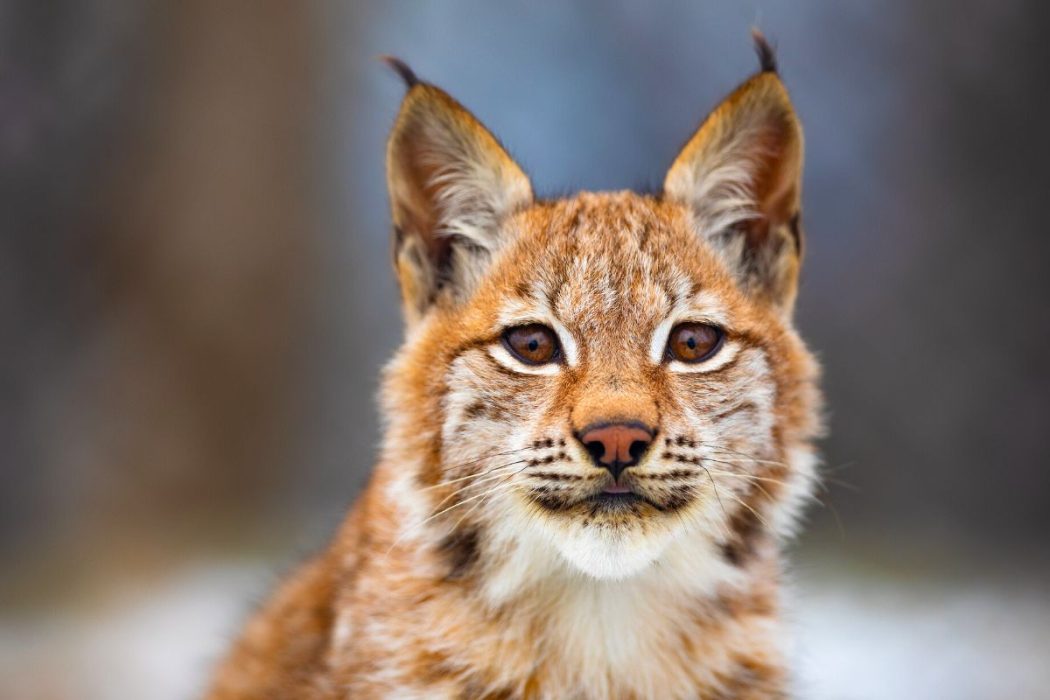
Sofia Zoo in Sofia, the capital of Bulgaria, was founded by royal decree on 1 May 1888, and is the oldest and largest zoological garden in Southeast Europe. It covers 36 hectares (89 acres) and, in March 2006, housed 4,850 animals representing 840 species
Spend an afternoon learning about and observing the grand variety of animals that call the Sofia Zoo home, located 12 minutes south of Sofia city center.
With over 2,000 varieties of animals and around 280 represented species, both local and international, children and adult animal enthusiasts will enjoy learning more about each animal, its habitats, and what each animal eats.
Visitors can expect to see animals like otters, goats, lions, bears, lamas, birds of various varieties, and so much more.
Lately, the zoo has opened a new section to the zoo that showcases the study of trees and other wooded plants.
nitially, the zoo was located in the park of the former royal palace, with the primary attraction being a Eurasian black vulture caught in Bulgaria and exhibited in a cage in the garden. Later, pheasants and deer were added to the collection, but since the exhibits and facilities of the time proved inadequate to accommodate a pair of brown bears, Tsar Ferdinand of Bulgaria ordered a grant of land to be awarded to Sofia Zoo on the grounds of the former botanical garden, then in the outskirts of the city.
5.Explore the National Palace of Culture
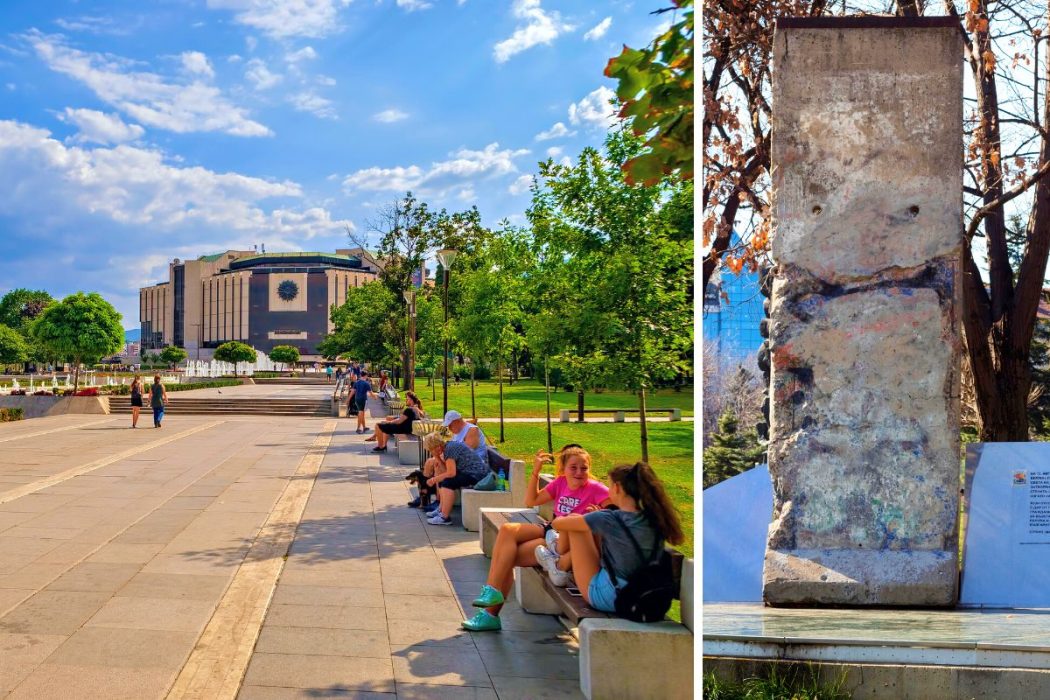
The National Palace of Culture (Национален дворец на културата, Natsionalen dvorets na kulturata; abbreviated as НДК, NDK), located in Sofia, the capital of Bulgaria, is the largest, multifunctional conference and exhibition centre in Southeast Europe. It was opened in 1981 in celebration of Bulgaria’s 1300th anniversary.
The centre was initiated at the suggestion of Lyudmila Zhivkova, daughter of the communist leader of the former People’s Republic of Bulgaria Todor Zhivkov. The project was designed by a team of Bulgarian and foreign architects led by Alexander Georgiev Barov (1931–1999) along with Ivan Kanazirev. The landscaping of Bulgaria Square in front of the National Palace of Culture was designed by another team of architects and landscape engineers, led by Atanas Agura. Internally, the building exhibits a unified style, employing an octagonal motif and heavy, dark colours. Large bright murals depicting historical figures and events cover the main wall of many of the smaller halls.
The National Palace of Culture (NDK) is the largest convention center not only in Bulgaria but in the whole of the southeastern region of Europe.
Built in 1981, the National Palace of Culture estimates that it hosts 300 events per year. It’s located in the heart of Sofia, making it very accessible to visitors.
Most famous for hosting a myriad of events from concerts, to conventions, conferences, exhibitions, festivals, and more, the National Palace of Culture covers approximately 123,000 square meters and towers around 8 stories high.
6.Splish splash at Vazrajdane Aqua Park
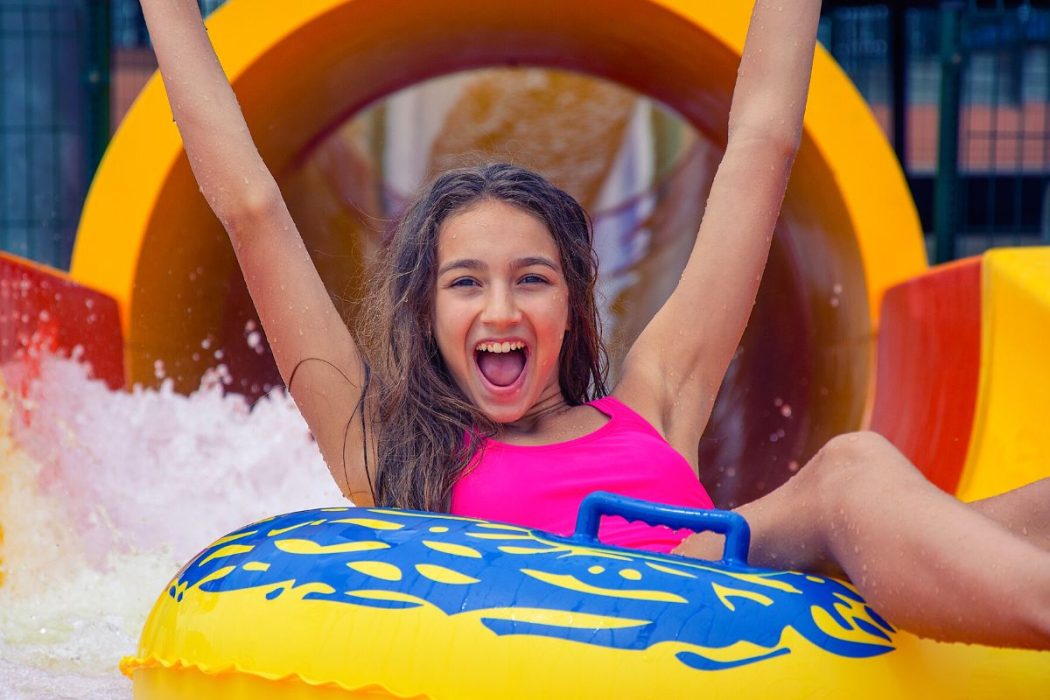
Sofia’s very first Aquapark opened in 2020. The brand new swimming complex in the zone B5 to the east of the city, offers 5 outdoor swimming pools, three of which are suitable for children, one pool 140cm deep and one with a hydromassage system. The large green outdoor area with sunbeds and umbrellas (included in the price) offers plenty of outdoor space for safe social distancing.
There is an outdoor bar / cafe restaurant offering
Among the other attractions are an indoor swimming pool and spa centre working year round offering water aerobics, different types of sauna (Finnish and infra red), salt rooms, spa treatments including massage and underwater massage treatments.
Prices for the aquapark are split weekdays before 15:00 18 leva after 15:00 12leva; weekends (& holidays) 24leva / 17leva
Welcoming guests with a refreshing afternoon plan, Vazrajdane Aqua Park, located in the heart of the city, is easily accessed via public transportation on train or bus and it’s one of the best things to do in Sofia with kids.
Stretching over 6,600 square meters and situated inside the extensive Vazrajdane Park, this aqua park offers an incredible amount of relaxing opportunities, as well as exciting and entertaining options.
Fit for everyone in your group, enjoy a large indoor swimming pool and sauna park, as well as fun outdoor swimming pools with twisty slides.
Parents can enjoy the swim-up bar, as well as catching some sun rays on the sunbeds, and enjoy lunch at the restaurant on-site. Indulge further in relaxation with a massage, salt room, tangent baths, and so much more.
7.Roam the streets of Plovdiv – Bulgaria’s second-largest city
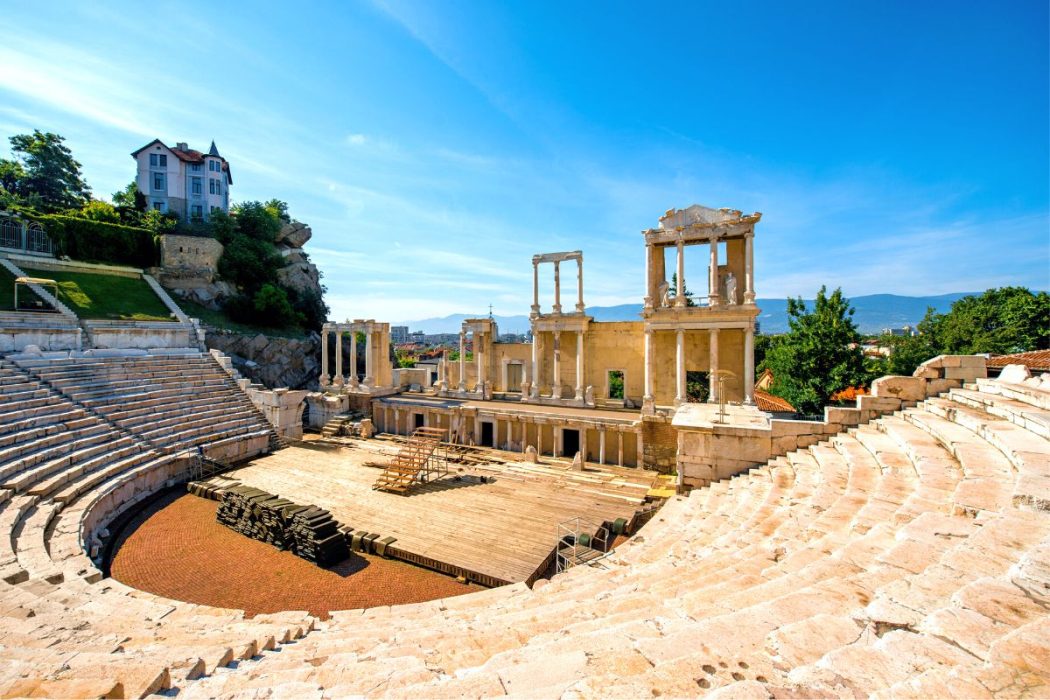
Known as the cultural capital of Bulgaria, Plovdiv is the city famously built around the 7 hills and is recognized nationally and internationally as the oldest continually inhabited European city.In 2019, Plovdiv received the title of European Capital of Culture.Check out the picturesque Ancient Theater, delivering incredible views of the city, made out of marble. Walk through the artsy neighborhood of Kapana, and get a view of the city’s best art pieces inside the abundance of galleries.
We love walking in Plovdiv and have repeatedly recommended that you explore the small intersections. Especially in the center, you may find yourself in Kapana, but there is nowhere to get lost. In the City under the hills, wherever you look, you will come across ancient buildings, quiet courtyards and hidden secrets. And if you need a guide to our favorite Plovdiv streets, look no further. We have selected 6 of them to go around with a camera in your hand and admire the typical atmosphere of the oldest city in Europe.
Well, we have to start with Main Street. Walking in the center is a must, especially on weekends. The street is named Knyaz Alexander Battenberg I, but everyone just calls it Glavnata. Because of its length, it is conditionally divided into two parts – the Small and the Big Main Street. Along with it, besides being able to see the preserved authentic look of buildings from different Bulgarian eras, you will find numerous places for entertainment, food, and drinks. Be sure to look up and don’t miss a single detail, because sometimes the most interesting elements are high above our heads.









